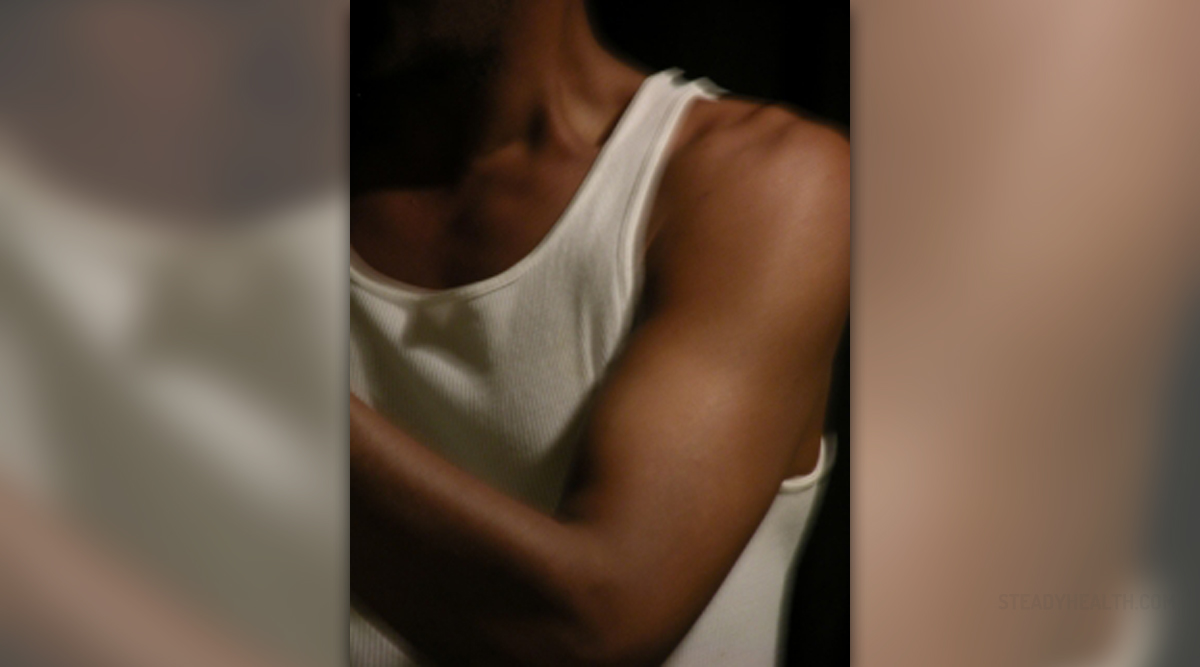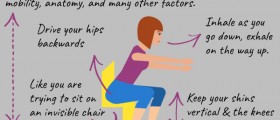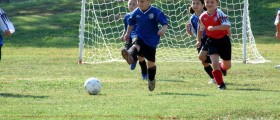
Causes
Many injuries and conditions can lead to left-arm weakness. Broken left arms or wrists are an obvious cause of severe pain and weakness. Breaks are not the only types of injury that lead to pain - strains and sprains are also capable of producing weakness in the arm in left untreated. In addition to this, injuring the brachial plexus can lead to similar problems. These injuries occur widely through participation in sport, and another sporting injury that can lead to problems with the arm is over-stretching of the neck. If you stretch the neck away from the shoulders, this can lead to a pain in the arm similar to an electric shock.
There are other, more subtle, causes of left-arm weakness and pain. Tendinitis inflames one’s tendons and can result in pain. Bursitis is another potential condition - this problem involves the inflammation of the sacs close to the arm joint. Thoracic outlet syndrome can also cause problems, this condition arises as a result of physical trauma. Carpal tunnel syndrome, intersection syndrome (repetitive movement of the wrist) and postherpic neuralgia are all causes of left arm weakness.
On top of all these problems, one should remember that if one experiences pressure in the chest in conjunction with left arm pain, this may be a sign of a heart attack.
Treatment
Treatment will, of course, depend on the underlying condition. In the majority of cases, left arm weakness and pain can be treated at home and will resolve quickly.
However, medical attention should be sought in certain cases. Do so if the pain does not resolve after one week despite home treatments, if there is visible swelling and redness that worsens over time or if a brachial plexus injury has not healed within one month. Normally, most non-serious injuries will be resolved through rest, restriction of arm movement, compression and elevation.
Some symptoms that may indicate a need for particularly urgent medical help exist. If you notice extreme swelling or pain, if you have trouble moving the arm or if you have experienced a sudden injury that lead to a snapping or cracking noise. If you feel numbness or back or shoulder pain in addition to arm pain, consult a doctor immediately. If your arm appears deformed or is bleeding heavily, seek assistance as soon as possible.












-Causes,-Symptoms,-Diagnosis,-Treatment_f_280x120.jpg)




Your thoughts on this
Loading...